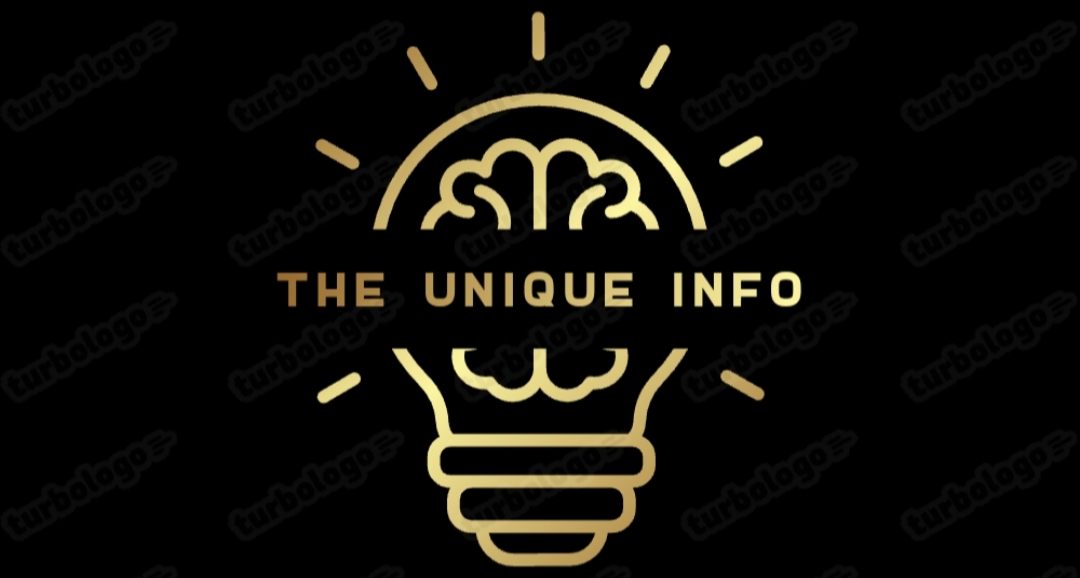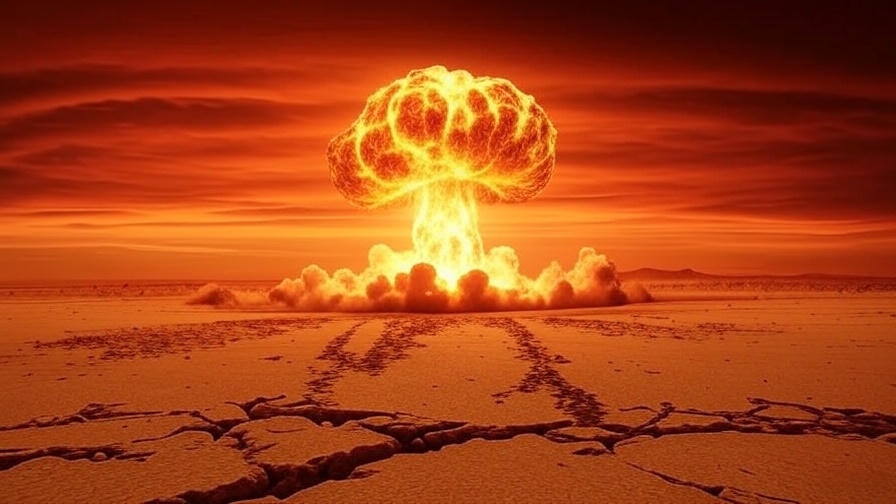In today’s world, nuclear weapons remain one of the most powerful and controversial tools of warfare. These devastating devices, capable of wiping out entire cities and leaving long-lasting environmental damage, are held by a select group of countries. Understanding which nations possess nuclear weapons, how many they have, and the implications of this power is crucial for anyone interested in global security and peace. As of June 24, 2025, nine countries are recognized or believed to have nuclear arsenals. In this detailed blog article, we’ll explore each of these nuclear powers, their histories, current statuses, and what their possession of nuclear weapons means for the world. Let’s dive in!
𝗪𝗵𝗮𝘁 𝗔𝗿𝗲 𝗡𝘂𝗰𝗹𝗲𝗮𝗿 𝗪𝗲𝗮𝗽𝗼𝗻𝘀?
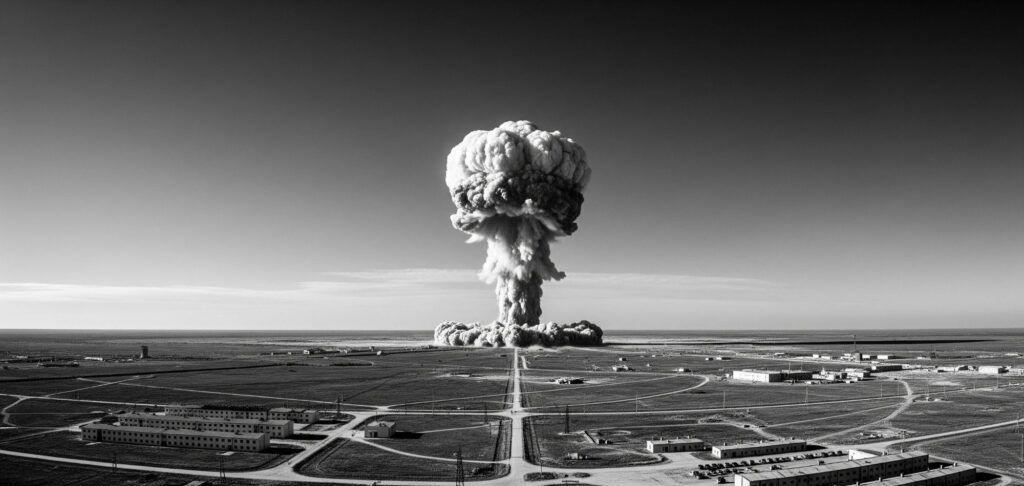
Before we list the countries, let’s briefly explain what nuclear weapons are. Nuclear weapons derive their explosive power from nuclear reactions—either splitting atoms (fission) or combining them (fusion). The first type, atomic bombs, was used by the United States on Hiroshima and Nagasaki in 1945, ending World War II but causing immense destruction. Later, more powerful hydrogen bombs, or thermonuclear weapons, were developed. These weapons can release energy equivalent to millions of tons of TNT, making them far more destructive than conventional bombs. The threat of nuclear war has shaped global politics, leading to treaties aimed at controlling their spread and use.
𝗧𝗵𝗲 𝗡𝗶𝗻𝗲 𝗡𝘂𝗰𝗹𝗲𝗮𝗿 𝗣𝗼𝘄𝗲𝗿𝘀
As of now, nine countries either openly declare their nuclear capabilities or are widely believed to possess them. These nations are divided into two categories: those recognized under the Treaty on the Non-Proliferation of Nuclear Weapons (NPT) and those outside it. The NPT, signed in 1968, acknowledges five “nuclear-weapon states” and seeks to prevent others from acquiring such weapons. Let’s look at each country in detail.
𝟭. 𝗨𝗻𝗶𝘁𝗲𝗱 𝗦𝘁𝗮𝘁𝗲𝘀
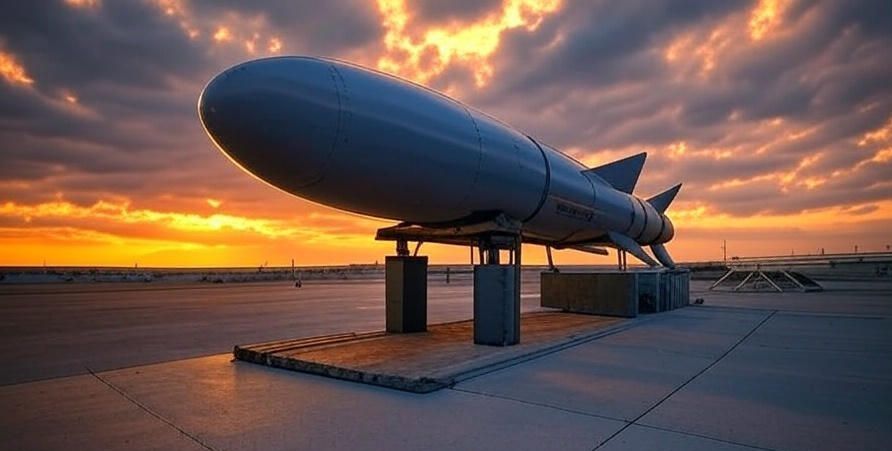
The United States was the first country to develop and use nuclear weapons, beginning with the Manhattan Project during World War II. On August 6 and 9, 1945, it dropped atomic bombs on Hiroshima and Nagasaki, Japan, killing over 200,000 people and forcing Japan’s surrender. Today, the U.S. maintains one of the largest nuclear arsenals, with approximately 5,044 warheads as of early 2025. Of these, about 1,389 are deployed on missiles or bombers, while the rest are in reserve or awaiting dismantlement.
The U.S. has modernized its nuclear forces, upgrading delivery systems like submarines, missiles, and aircraft. It is a key player in NATO, sharing nuclear weapons with allies like Germany, Italy, Belgium, the Netherlands, and Turkey. Despite reductions since the Cold War peak of over 31,000 warheads in 1967, the U.S. continues to invest in its nuclear capabilities, citing deterrence against threats like Russia and China. Its nuclear policy does not include a “no first use” pledge, meaning it might use nuclear weapons preemptively.
𝟮. 𝗥𝘂𝘀𝘀𝗶𝗮
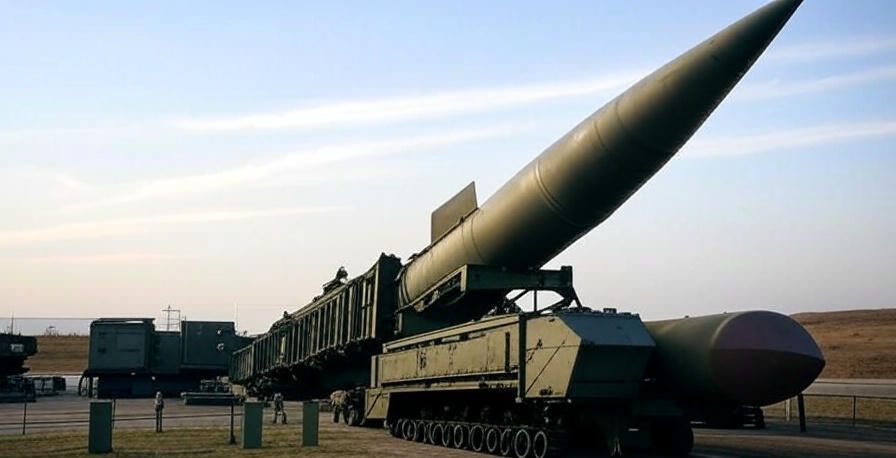
Russia, inheriting the Soviet Union’s nuclear arsenal after its collapse in 1991, holds the world’s largest stockpile, with around 5,580 warheads. At its peak in 1986, the Soviet Union had over 40,000 warheads. Today, about 1,458 are deployed, with others in storage or retired. Russia’s nuclear triad—land-based missiles, submarines, and strategic bombers—makes it a formidable power.Russia’s nuclear doctrine emphasizes deterrence, particularly against the U.S. and NATO.
In recent years, tensions, especially over Ukraine, have raised concerns about nuclear rhetoric. Russia is modernizing its arsenal with new systems like the Sarmat ICBM and Avangard hypersonic missile. Like the U.S., it keeps some warheads on high alert, ready to launch within minutes. This readiness is a legacy of Cold War strategies like mutually assured destruction (MAD), where both superpowers aimed to prevent war by ensuring mutual annihilation.
𝟯. 𝗖𝗵𝗶𝗻𝗮
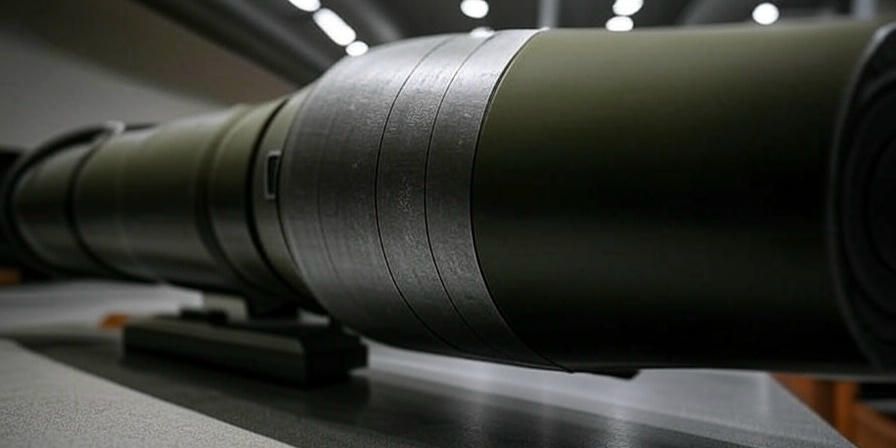
China, the third nuclear power, conducted its first test in 1964 and now has approximately 600 warheads, a number growing rapidly—by about 100 per year since 2023. Unlike the U.S. and Russia, China maintains a smaller but expanding arsenal, with plans to match the scale of the superpowers by the end of the decade. It is developing a nuclear triad and constructing new missile silos.
China’s nuclear policy includes a “no first use” pledge, meaning it will only use nuclear weapons in retaliation. This stance reflects its strategy of minimal deterrence, relying on a smaller but credible force. However, its growing arsenal and tensions with the U.S. and India have sparked a new arms race debate. China’s secrecy about its capabilities adds uncertainty to global assessments.
𝟰. 𝗙𝗿𝗮𝗻𝗰𝗲
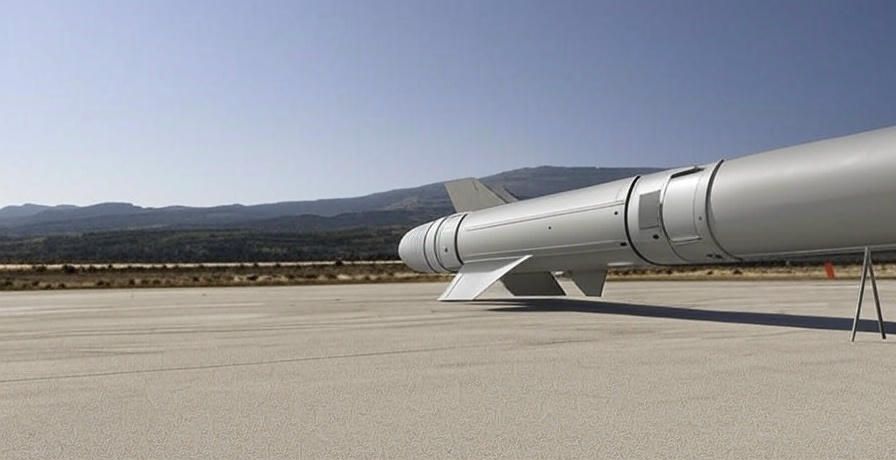
France developed nuclear weapons in the 1960s, testing its first bomb in 1960, driven by a desire for independence from U.S. and NATO nuclear umbrellas. It currently holds about 290 warheads, all sea-based on submarines, with plans for a new generation of ballistic missile submarines and air-launched cruise missiles. France gets around 65% of its electricity from nuclear power, the highest share globally, which supports its technological expertise.
France’s nuclear force is a cornerstone of its defense policy, ensuring strategic autonomy. It does not share weapons with NATO allies but maintains a close partnership with the U.S. and UK. Like other NPT-recognized states, France modernizes its arsenal, balancing deterrence with international non-proliferation commitments.
𝟱. 𝗨𝗻𝗶𝘁𝗲𝗱 𝗞𝗶𝗻𝗴𝗱𝗼𝗺
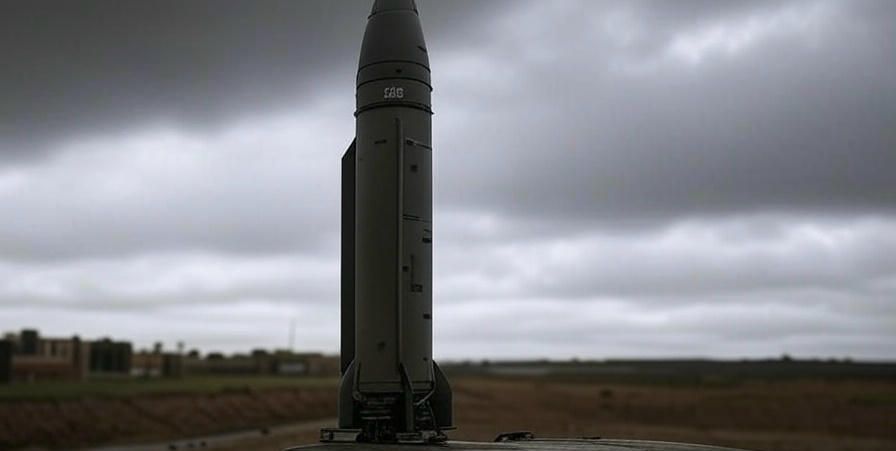
The UK, the third NPT-recognized power, tested its first nuclear weapon in 1952 and now has about 225 warheads, with plans to increase to 260. All are deployed on Vanguard-class submarines, forming its sea-based deterrent. The UK collaborates closely with the U.S., sharing technology and basing some warheads in the U.S. for maintenance.
The UK’s nuclear policy focuses on deterring threats, particularly from Russia. It has reduced its arsenal since the Cold War but continues modernization. In 2021, it announced an increase in warhead limits, citing growing global risks. Like France, it relies on nuclear power for about 15% of its electricity, supporting its nuclear infrastructure.
𝟲. 𝗜𝗻𝗱𝗶𝗮
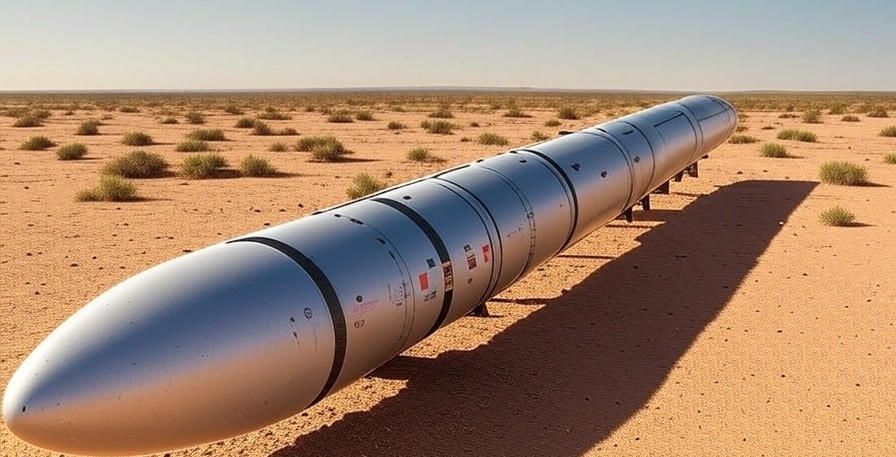
India, outside the NPT, conducted its first nuclear test in 1974, calling it a “peaceful nuclear explosive.” It openly tested weapons in 1998, prompted by regional rivalries, especially with Pakistan and China. India now has around 172-180 warheads, deployed across aircraft, missiles, and submarines, forming a maturing nuclear triad.
India’s nuclear doctrine includes a “no first use” policy and a commitment to retaliate massively if attacked. Its arsenal growth reflects concerns over China’s expansion and Pakistan’s capabilities. India’s program is self-reliant, driven by a rejection of the NPT’s perceived inequities, advocating for universal disarmament.
𝟳. 𝗣𝗮𝗸𝗶𝘀𝘁𝗮𝗻
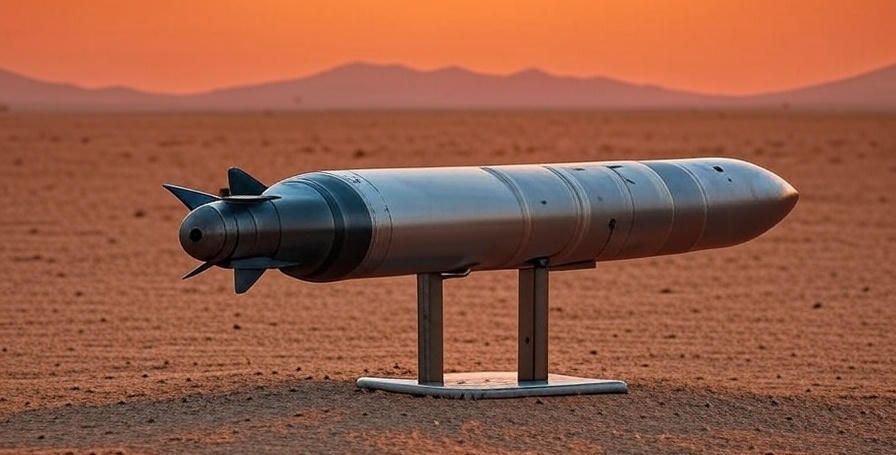
Pakistan, also outside the NPT, developed nuclear weapons in response to India’s 1974 test, conducting its first tests in 1998. It now holds about 170 warheads, focused on land-based missiles and aircraft, with efforts to develop a sea-based leg. Pakistan’s arsenal is the fastest-growing among non-NPT states, driven by its rivalry with India.
Pakistan’s nuclear strategy emphasizes “full spectrum deterrence,” including tactical nuclear weapons to counter India’s conventional superiority. It lacks a “no first use” policy, signaling readiness to use nuclear weapons first if threatened. This stance heightens tensions in South Asia, a region with a history of conflict.
8. Israel
Israel is widely believed to possess nuclear weapons, though it maintains a policy of “deliberate ambiguity,” neither confirming nor denying its arsenal. Estimates suggest 90-200 warheads, developed since the 1960s with help from France and the U.S. Its program, outside the NPT, is motivated by threats from neighboring states.
Israel’s nuclear capability is seen as a deterrent against existential threats, particularly from Iran. It has never conducted a public test but is believed to have a sophisticated arsenal, including missile-delivered warheads. This ambiguity allows flexibility in regional diplomacy but fuels proliferation concerns.
𝟵. 𝗡𝗼𝗿𝘁𝗵 𝗞𝗼𝗿𝗲𝗮
North Korea, the newest nuclear power, joined the NPT in 1985 but withdrew in 2003, conducting its first test in 2006. It now has about 50 warheads, with enough material for up to 90, and is developing delivery systems like ICBMs and cruise missiles. Its program is central to its security strategy against the U.S. and South Korea.
North Korea’s nuclear tests and missile launches have drawn international condemnation and sanctions. Its arsenal includes tactical weapons, raising fears of use in regional conflicts. The country’s isolation and unpredictable leadership make it a wildcard in global nuclear dynamics.
𝗛𝗶𝘀𝘁𝗼𝗿𝗶𝗰𝗮𝗹 𝗖𝗼𝗻𝘁𝗲𝘅𝘁 𝗮𝗻𝗱 𝘁𝗵𝗲 𝗖𝗼𝗹𝗱 𝗪𝗮𝗿
The nuclear age began with the U.S. in 1945, followed by the Soviet Union in 1949. The Cold War (1947-1991) saw an arms race, with both superpowers amassing tens of thousands of warheads. The 1962 Cuban Missile Crisis, where the world teetered on the brink of nuclear war, highlighted the dangers. Treaties like the NPT, Partial Test Ban Treaty (1963), and Strategic Arms Limitation Talks (SALT) aimed to curb proliferation, reducing global warheads from 70,300 in 1986 to about 12,241 in 2025.
𝗧𝗵𝗲 𝗙𝘂𝘁𝘂𝗿𝗲 𝗼𝗳 𝗡𝘂𝗰𝗹𝗲𝗮𝗿 𝗣𝗼𝘄𝗲𝗿𝘀
The future depends on diplomacy, technology, and global cooperation. Advances like hypersonic missiles and AI in warfare could alter deterrence. Some advocate for total disarmament, citing the humanitarian cost, while others see nuclear weapons as a necessary evil in an unstable world. The 2025 landscape suggests a slow decline in numbers but increased sophistication and tension.
𝗖𝗼𝗻𝗰𝗹𝘂𝘀𝗶𝗼𝗻
The nine nuclear powers—U.S., Russia, China, France, UK, India, Pakistan, Israel, and North Korea—hold the world’s most destructive weapons, shaping global politics and security. Their histories, policies, and arsenals reflect diverse motivations, from deterrence to regional dominance. As of June 2025, with around 12,241 warheads, the nuclear threat persists, balanced by efforts to control it. Understanding these powers helps us grasp the delicate balance of peace and the urgent need for dialogue to prevent a catastrophic future. What do you think—should the world push for disarmament, or is nuclear deterrence here to stay? Share your thoughts in the comments!
